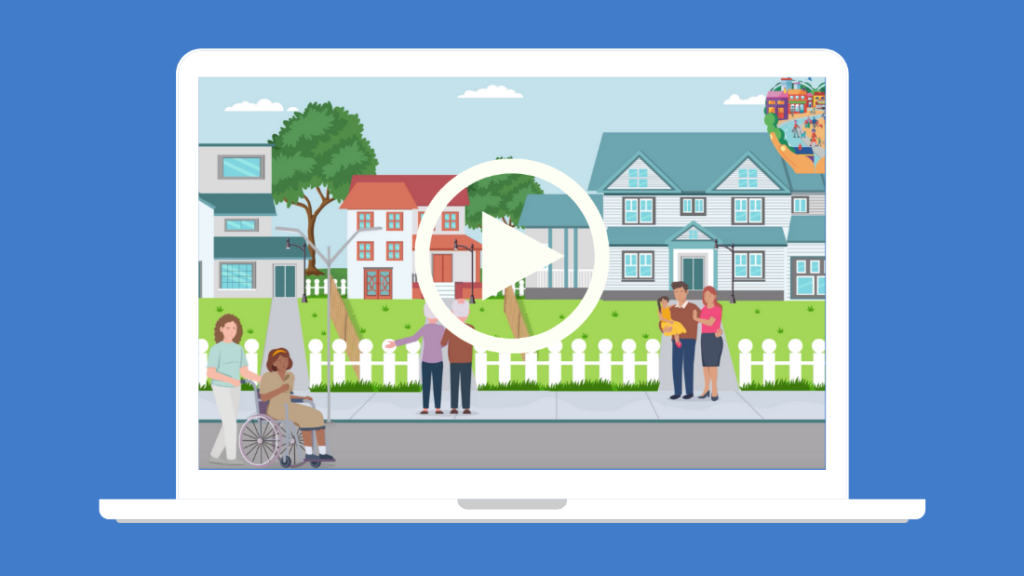by Michelle Winters, Executive Director at Alliance for Housing Solutions and HousingForward Virginia board member
The FWD #G12 • 506 Words
Missing Middle Housing alone won’t solve ALL affordability challenges, but it is an important step toward an Arlington (and Virginia) for everyone.
Rising housing costs are squeezing too many of Arlington’s residents out of the community they call home. As time goes on, everything in the County seems to be getting bigger: bigger homes, bigger price tags, bigger challenges. But amid Arlington’s affordability crisis, Missing Middle Housing is one of the strategies that offers a path forward.
Missing Middle Housing is not a specific style of housing, nor does the term refer specifically to the price of the housing. The term, which was coined by Daniel Parolek of Opticos Design, refers to the size and type of home that falls between a single-family detached home and a mid-rise apartment. These are housing types you know well: duplexes, triplexes, townhomes, small courtyard apartments, and more. While some of these familiar homes are already part of the fabric of some of our older neighborhoods, they are mostly illegal to build now due to the County’s restrictive zoning laws.
Arlington County is not alone – communities across the country are taking a second look at how single-family zoning has been used to exclude certain higher density housing types and the people that might live in them.
Although Missing Middle Housing isn’t “affordable housing” in the technical sense, allowing more of these options in our communities will help provide more lower-cost, modest housing that is naturally more affordable than the detached single-family homes that are currently allowed. Missing Middle Housing is also one of the tools we need to help meet the overall demand for housing in our area, which impacts affordability across the board.
Missing Middle Housing provides homes of all shapes and sizes for Arlington residents of all incomes, family sizes, ages, and stages of life. Adding these types can provide additional options for people who are essential to making our economy and community strong, like teachers and other public employees, nurses, accountants and case managers. It also means empty-nesters and retirees can downsize and stay in their neighborhood—and their adult children can find a place to live where they grew up.
Because Missing Middle Housing allows people to live closer to where they work, go to school, and play, it supports environmental sustainability by reducing urban sprawl, traffic congestion, and carbon emissions. By allowing more flexibility along with an updated set of incentives and regulations for builders, Missing Middle Housing can also help protect our tree canopy, update infrastructure like sidewalks, bike lanes, and stormwater management, and even create new green spaces.
To learn more about Missing Middle Housing, we invite you to explore our new video, “Missing Middle Housing for a Better Arlington,” and to visit MissingMiddleArlington.net, where you can also get involved and join the conversation.
HousingForward welcomes guest blogs from our partners. If you have a message you’d like to share, contact us.
